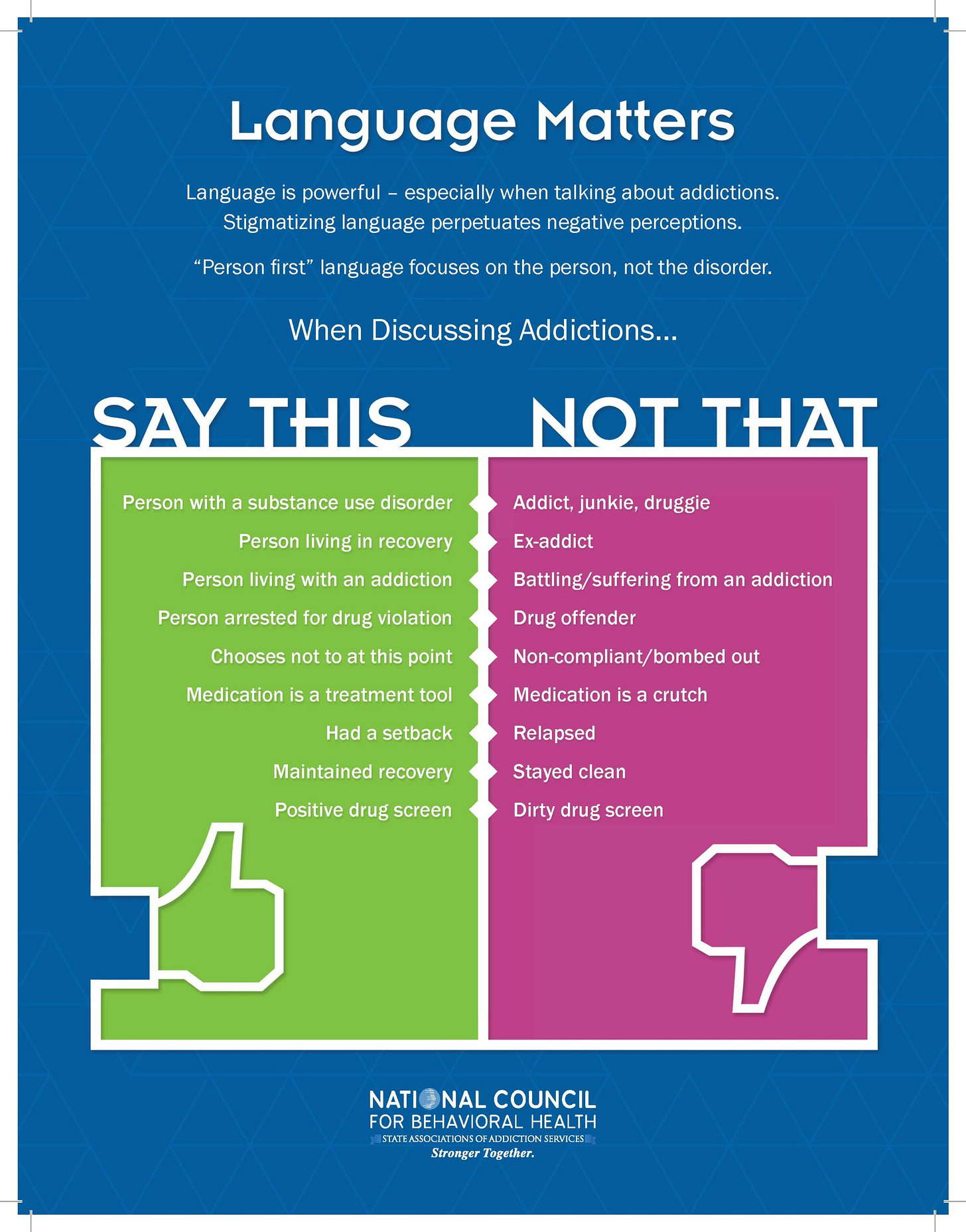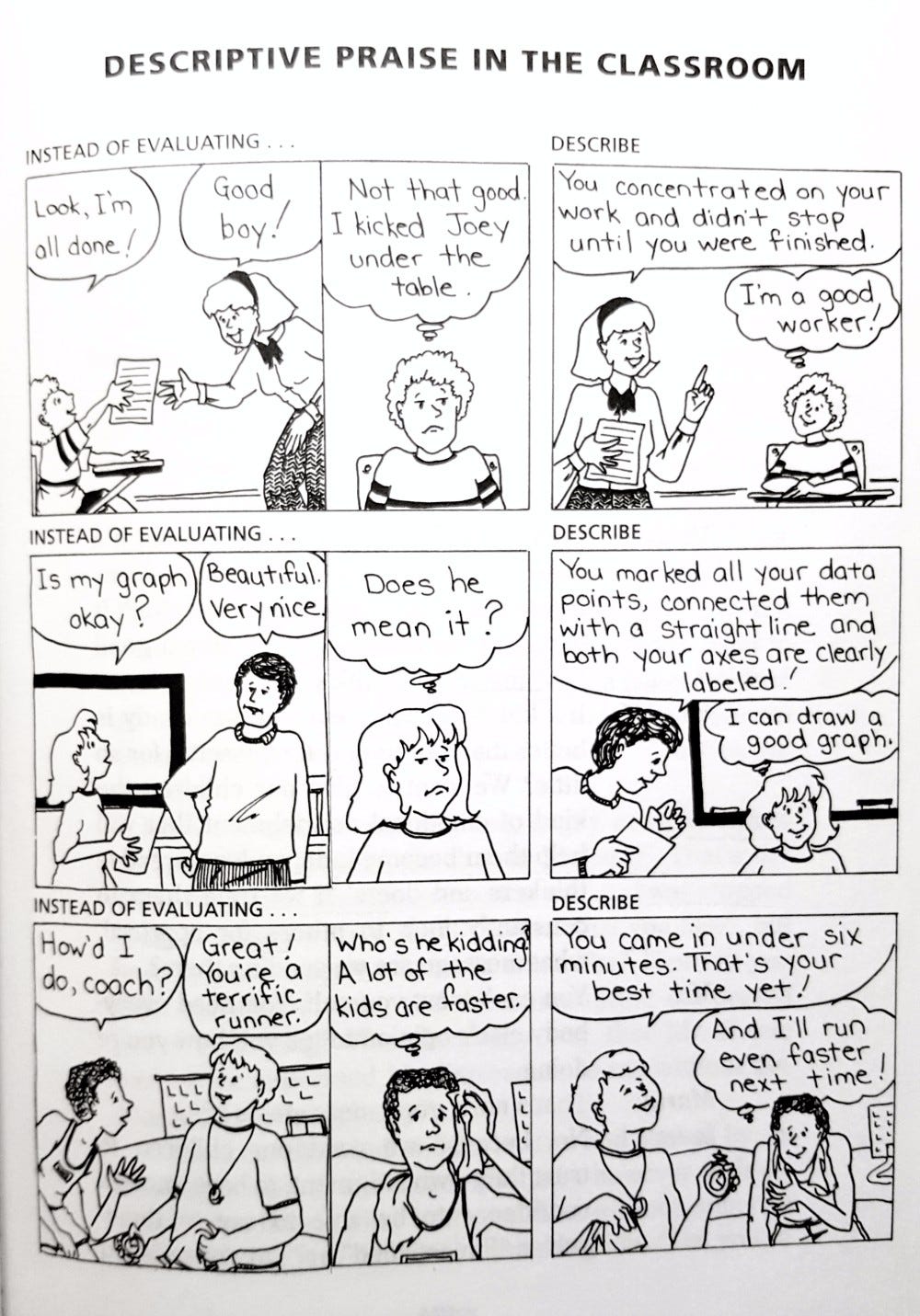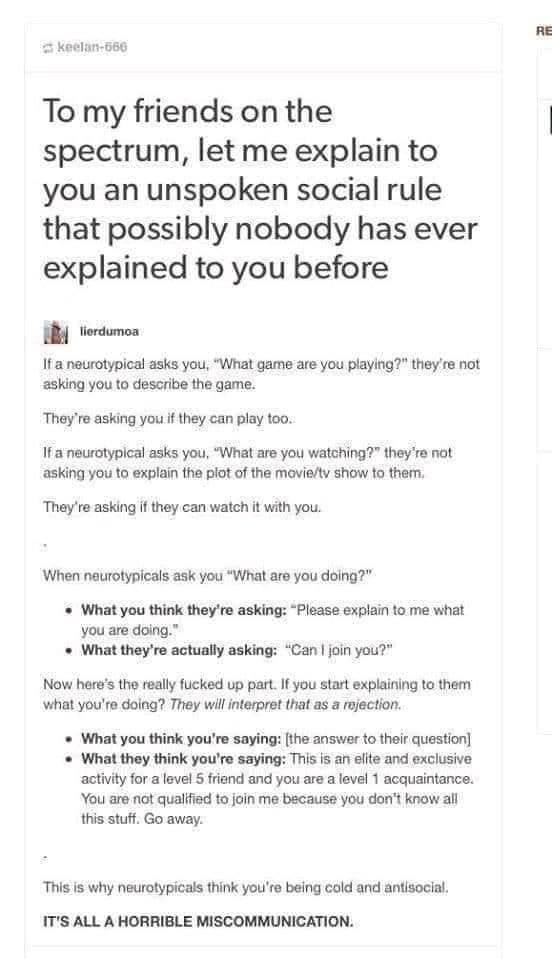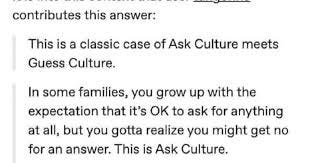The map is not the territory.
—Alfred Korzybski
A concept is a brick. It can be used to build the courthouse of reason. Or it can be thrown through the window.
—Brian Massumi, in his introduction to Deleuze’s A Thousand Plateaus
I am constantly trying to communicate something incommunicable, to explain something inexplicable, to tell about something I only feel in my bones and which can only be experienced in those bones.
—Kafka, Letters To Milena
IT IS THE ETHIC OF THE SCOLDING INFOGRAPHIC. IT IS THE ETHIC OF THE FRIENDLY REMINDER. IT IS THE ETHIC OF IN THIS HOUSE WE BELIEVE.
Therapy ain’t what it used to be. There’s no more lying down on couches. No more dream analysis. No more phallic symbolism. Gone are the days of the remote, withdrawn daddy doctor stroking his beard and scrawling in his notepad. Your therapist isn’t a doctor at all. You are on a first name basis with your therapist. You are not her patient, you are her Client. Your therapist inquires after your Goals. You walk into your session and she asks you What You Want To Work On Today. She gives you worksheets. She gives you Skills that you can Practice. She teaches you Coping Mechanisms.
What many of today’s therapists do is something called Evidence Based Practice. Evidence Based Practice is Empirically Supported. It is Scientific because it is Peer Reviewed. There are many kinds of Evidence Based Practice. The gold standard for the past several decades has been Cognitive Behavior1 Therapy. If you have ever been to a therapist and you haven’t asked them about their theoretical orientation (and why would you), there is a good chance that they were doing some degree of CBT on you. Even if you’ve never been to therapy, you’ve probably absorbed some CBT by osmosis; it’s in the groundwater. The basic premise goes like this: most suffering is caused by Bad Thoughts. Bad Thoughts are caused by Bad Behaviors, and vice versa. It’s a vicious cycle. The way to stop suffering is to interrupt the cycle, either the Bad Thoughts or the Bad Behaviors, and replace them with Good Thoughts and Good Behaviors. All behavior-based therapies have this premise at their center, but CBT was the first to articulate it.
IT IS THE ETHIC OF SUDS. IT IS THE ETHIC OF THE BDI. IT IS THE ETHIC OF THE DSM.
It is very easy to gather Evidence for this Practice because there is much in this modality that is Quantifiable. You can ask patients (wait sorry I mean Clients) about their incidences of Bad Behaviors and the frequency of their Bad Thoughts. You can track their changes over time. You can ask them about their Subjective Distress and you can even quantify this Distress. You can ask them about how sad they are and you can score them using a handy Inventory developed by CBT’s very own daddy. You can record all these numbers and you can watch them shrink as you teach your Client how to think Good Thoughts. Now that they think Good Thoughts, what do they have to be Subjectively Distressed about?
As you watch your Client’s scores plummet, you may also notice that they stop meeting The Diagnostic Criteria for their Mental Disorder. These criteria are according to The Diagnostic and Statistical Manual of Mental Disorders, most probably the newly revised 5th edition. Of course, mosts therapists don’t use DSM that much in their work, or at least they don’t crack it open each time they get a new Client. DSM’s use is often implicit. Even a Manualized therapist’s Case Conceptualization just draws from their memory of concepts encoded in DSM, and this is because their mind is Manualized. To the extent that a non-Manualized therapist uses DSM concepts, she uses them to bill the insurance company, and in making DSM’s use explicit, she is being honest about what the DSM really is in practice, from my perspective: an extractive Tool2.
Manualized Treatment
This is not a term I made up. A Manualized Treatment, or Manualized Therapy, is a therapeutic modality that relies on use of a Manual. In fact, it’s my personal observation that even just the word “modality” almost always implies the existence of a Manual for the set of therapeutics it describes: psychoanalysis, the un-Manualized Olde Magick Way, isn’t a “modality”, or I have never heard someone refer to it that way—those who hold analysis or psychodynamics in any esteem are, in my experience, more likely to call it a theoretical orientation. But I digress.
The Manual tells you all about the Treatment’s theory of mind, then it tells you what the Treatment is for, then it tells you how to do the Treatment.
CBT is a Manualized Treatment that is also Evidence Based, but all Manualized Treatments need not be Evidence Based. Manualized Treatments often present themselves as Evidence Based, though. They often involve a lot of neuroscience-flavored words and concepts like Mirror Neurons and Prefrontal Cortex and Autonomic Arousal and, god help us, Fight or Flight. They often include jargon an newspeak like Installation and Body Scan and Organicity.
A Manualized Treatment is able to be Manualized because it is Goal Oriented.
IT IS THE ETHIC OF SP. IT IS THE ETHIC OF EMDR. IT IS THE ETHIC OF NARM.
The aim of The Olde Magick Way (psychoanalysis) is to make the unconscious conscious, an aim that can never be completed, only advanced. The Manualized Treatments do not believe in the unconscious or other such woo woo old timey pseudoscience! Manualized Treatments believe in Thoughts you can Think and Feelings you can Feel. They believe in The Implicit and the Explicit. They believe in The Vagus Nerve. They believe that The Body Keeps The Score. They believe in Processing things Somatically. They believe in Mentalization. The believe in Cognitive Distortion. They believe in Reframing. The list continues. Not every Manualized Treatment clings to each of these. But notice that in these favored Manualized Beliefs there is no trace of occlusion, no trace of mystery, and frankly very little subtlety. 3 Yes, a Manualized Treatment believes that you can Reach your Goals. It does not care who you are.
Manualized Relating
This is a term I made up. I made it up because I have noticed something troubling and I wanted to give it a name.
Parallel to the rise of Manualized Treatments and Evidence Based Practice, there has been a comprehensive Manualization of all aspects of American life, down to the most intimate. This is Manualized Relating. You can increasingly find Manuals instructing you on how to spend your money, how to talk to your neighbors, how to talk to your boss, how to talk to children, how to talk to black people, how to talk to people who are grieving, how to grieve, how to have a baby, how to fuck, how not to fuck, how to ask someone to fuck.
Historically you could find these Manuals in book stores and libraries.
IT IS THE ETHIC OF WHAT TO EXPECT WHEN YOU’RE EXPECTING. IT IS THE ETHIC OF HOW TO TALK SO KIDS WILL LISTEN. IT IS THE ETHIC OF NO DRAMA DISCIPLINE.
During the Tumblr era, you could find them in chewed-up-spit-out longwinded blog posts.
Nowadays you can find them fractured into tiny pieces and littered like a shattered windshield all over social media in the form of The Infographic.
With the rise of large language models, we have a fun extra wrinkle. Now, instead of only human-regurgitated longwinded Tumblr posts, or human-dumbed-down Infographics, we have robot-regurgitated Manuals and Infographics.
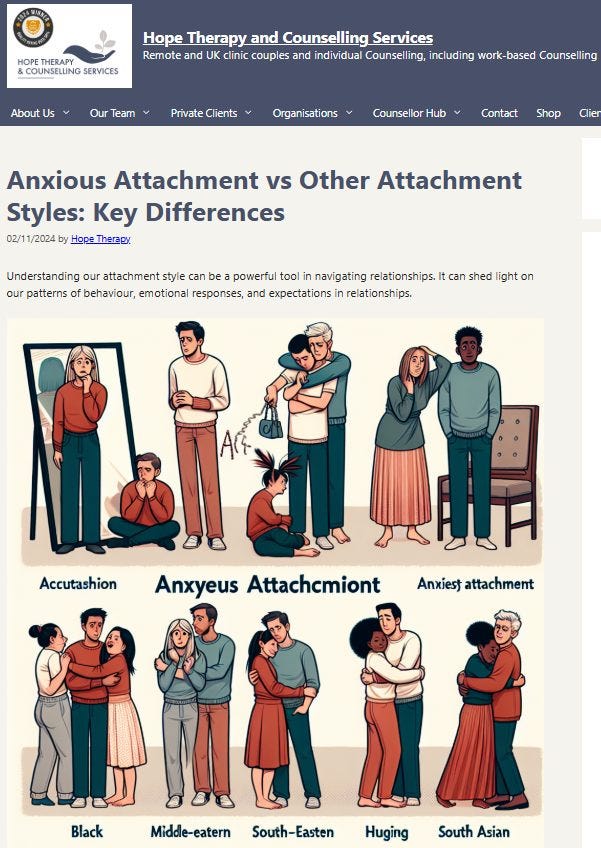
Manualized Relating as and as opposed to Culture
There are lots of cultures in the world that are regimented from the linguistic to the public to the intimate. Japan, with its labyrinthine systems of honorifics and gendered language, rigid gender norms, and strict codes of conduct, springs to mind. This is not learned from a Manual unless you are a foreigner. Scarcely contacted tribes in the Amazon have no Manual. They have The Ways.
Traditional Culture is distinct from Manualized Relating. Traditional Culture is Practiced. It is anchored, it is rooted. It is passed down generation on generation. It springs up from the People who Practice it, and it is reabsorbed into the same. Manualized Relating is unmoored from Culture, it is uprooted, naked, intrusive, perverse; and all the while, it is authoritative. It cannot be naturally absorbed by the human body; you can take it like a vitamin supplement, and if you choose to avoid doing that, you’re forced to drink it from the cultural groundwater like PFAS.
Manualized Relating is distinct from conservatism. Reactionary traditionalist movements (the RETVRN freaks) can be considered Manualized, surely. But so is militant SJW culture of liberal arts college campuses, and Marxism, especially as observed by Americans, is a picture-perfect ur-example of Manualized Relating.
It is no wonder that Americans need Manuals. Manuals are for foreigners, and we have always been foreigners in our own land. You can point to the Individualist American Spirit or to Capitalism as origins of our self-alienation. Sam Kriss recently pointed out that in fact this alienated, untethered, every-man-for-himself ethic is the Historical Anglo Way from the moment the Saxons left Saxony: “You call it neoliberal atomisation. In fact, it’s the ancient time-honoured folkways of the English.”
As Americans, this cultural autism is our inheritance. I am certain that it got worse after the War as we became a World Power and had an entire World Stage to answer to. To me it is not a coincidence that Skinner’s Behaviorism took off in the years immediately after the War. Beck’s (Cognitive) Behaviorism would humanize the discipline beginning in the 1960s and culminate in CBT in the 1980s, at which time American Consumerism was at its most ravenous and imperial yet. Every household became a Two Income Household at home at the same moment we sent our factories overseas.
Our strong propensity for self alienation and our strong propensity for asserting our Identity in equal measure are the forces that tear us and bind us, centripetal and centrifugal. We must write esoteric and contradictory Manuals to govern these forces, or we will come apart first at the seams and then at the very core. This is Manualized Relating. Manualized Relating, while not itself a Culture, is a tearing and binding force at the center of American Culture.
IT IS THE ETHIC OF THE HOMEOWNERS ASSOCIATION. IT IS THE ETHIC OF THE PTA. IT IS THE ETHIC OF THE PRIVATE LIBERAL ARTS COLLEGE. IT IS THE ETHIC OF THE MASTER OF FINE ARTS. IT IS THE ETHIC OF THE ANARCHIST HOUSING COLLECTIVE INHABITED BY TECH WORKERS PULLING $200K. IT IS THE ETHIC OF THE PLANNING COMMISSION. IT IS THE ETHIC OF THE ZONING BOARD. IT IS THE ETHIC OF THE THINK TANK.
There is something inherently juvenile about this, like siblings playing House. I’m the mommy, you’re the baby. Now I’m the teacher and you’re the kid. You have to do what I say, because I said so! It would be cute and charming if we weren’t a nuclear power with military bases all over the developing world.
Manualization relies on misapplied Abstraction
The Inventory thinks it is a Data Set pointing to The Truth; it forgets its station as a Tool. The Scale disowns Experience by abstracting it into Discreet Units. The Diagnosis says from its tower that it is Just A Cluster of Symptoms, but from the low castle walls it shouts I AM REAL. I AM TRUE. I AM A THING. I AM A TYPE OF BRAIN. I AM A TYPE OF PERSON. The Diagnosis, the innocent Symptom Cluster, of Generalized Anxiety Disorder becomes a Type of Brain the second you turn your head. The Symptom Cluster of Autism Spectrum Disorder becomes a Personality Type the minute you close the DSM. The Symptom Cluster of Borderline Personality Disorder becomes an intractable, inexorable Red Letter the moment you lift your pen from the page. NOT OTHERWISE SPECIFIED.
Keep reading with a 7-day free trial
Subscribe to Miss Apprehension to keep reading this post and get 7 days of free access to the full post archives.




